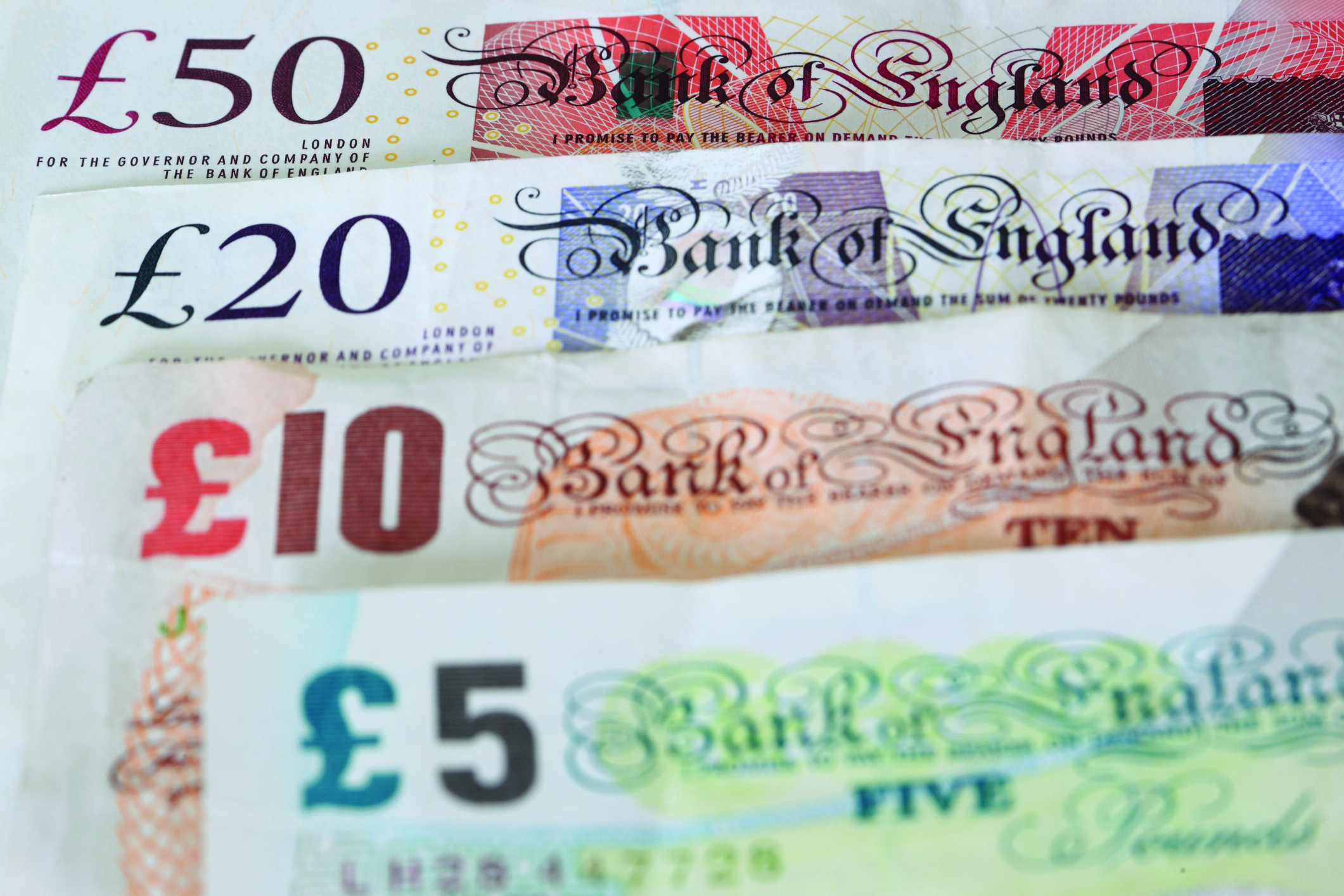This is the second in a series of blogs looking at the relationship between Modern Monetary Theory and the proposals made by Positive Money.
Rob Macquarie is an economist at Positive Money and leads its research on climate policy and the monetary system.
Cross-posted from Positive Money

In 1943, Abba Lerner published ‘Functional Finance and the Federal Debt’. He declared the article was a statement of the ‘new fiscal theory’ initiated by John Maynard Keynes. Lerner wanted to put the argument in its ‘purest form’ – in its simplest, most logical terms – and to make clear its heterodox policy implications. In his view, far too many statements of the new theory didn’t go the whole distance, with the predictable result that the academic and practical debate had tied itself in knots. The article he produced is a foundational text for Modern Monetary Theory.
The first blog in this series about Positive Money and MMT addressed their shared opposition to the myth of banks as financial intermediaries. An over-reliance on private money creation means credit flows to activities that produce bad economic, social and environmental effects (even if not individually, then in aggregate). Money is a public concept and a public good, and therefore there is a need to reconfigure the monetary system.
Like Lerner, prominent MMT scholars focus on stating their case to make it as clear as possible and safeguard it from misrepresentation. They are also Lerner’s intellectual descendants in their subscription to the fundamental principle of Functional Finance: that there is no rule as to what level of national debt is ‘sound’ or ‘unsound’. Government spending should ‘be undertaken with an eye only to the results on the economy’ – to reach full employment.
Yet whenever a new paradigm is, conceptual and practical disagreements die hard. One particular point of disagreement concerns the question of debt.
Arguing about debt: the first 5,000 years
In some settings online or off, the phrase ‘debt-free money’ generates resentment. Positive Money has used the term to refer to the money that would be created if the central bank carried out monetary financing of government spending or helicopter money. It has also been used to refer to the money that would exist with a central bank digital currency or under a Sovereign Money System. The phrase is intended to contrast with money created by the private sector, especially the banking system, in the form of loans, which comes with very explicit conditions of repayment and interest.
The founders of MMT as it is known today are no fans of ‘debt-free money’. As L. Randall Wray writes, the phrase elicits ‘puzzlement at the non-sequitur’. There are two main reasons why.
One is conceptual. A core tenet of MMT, in Wray’s words, is that:
‘money is always debt; it cannot be a commodity.’
The position that money simply is debt receives support from an outside corner: the historical work of David Graeber, an anthropologist supportive of MMT theory. The ‘myth of barter’ – the belief that money came to exist to lessen the inconvenience of transactions in a barter economy – implies that money simply measures the value of market exchanges. Connected to this is the view, rejected by Wray and his peers, that money is a commodity (often linked to another like silver or gold). Graeber’s 2011 work Debt: The First 5,000 Years, as the title suggests, unpicks the long and complicated history of how, in fact, monetary systems developed out of societal mechanisms for cataloguing and redeeming debts.
Graeber’s work paints the link between ‘creditor’ and ‘debtor’ as a prior moral relationship, which “comes to be framed as a ‘debt’”. The history of money is an ethical history. But it is also a history of power and bloodshed – as he claimed in an interview with Naked Capitalism, “you have to start with the role of violence”. Like those who argue that the very construction of capitalism is founded in the use of force or coercion by a political entity, this argument entangles money, debt and sovereignty together in a single ontological bundle.
One can go further with this political and philosophical perspective. An article on ‘Sovereign Debt’ in the Journal of Religious Ethics (shared with Positive Money by a member of the MMT community) makes clear that money itself constitutes both a service (or good) that the state provides to the public, as well as a debt of the state itself:
‘Money, appears to uphold the portrait of sovereignty’s right of authority and preeminence… Upon further consideration, however, monetary dynamics reveal the precarious and dependent status of sovereign power. Rather than the preeminent creditor and originary fount of economic authority, sovereignty itself appears to be in debt.’
An understanding of money that turns on the fundamental role of states in its origin, issuance and safekeeping, means essentially that all money is, ultimately, ‘on-loan’ from the state. This admittedly makes it difficult – as it is for Wray – to see what ‘debt-free money’ might mean.
Field tactics in the austerity war
MMT provides a second, less esoteric reason to be suspicious of ‘debt-free’ language.
This concern is strategic. As the first post in this series argued, one major current of the economic world after the 2008 crisis has been the austerity furore. That row saw the word ‘debt’ take on toxic overtones, and public services were slashed in the name of bringing down levels of government debt.
Three-quarters of a century after Lerner, MMT scholars want to reinstate Functional Finance. That involves arguing, as Lerner did, that government spending should aim at full employment, and then stable inflation, and give no consideration to the level of the public debt, in absolute terms or relative to GDP. Placing importance on government spending financed by monetary means (as Positive Money does), rather than bond (debt) issuance, is seen to contradict that narrative.
The MMT case is put most forcefully when the two concerns – one conceptual, the other strategic – work in tandem. The following is a familiar MMT argument made by Stephanie Kelton and Scott Fullwiler, based on balance sheet analysis and quite technical in its detail.
‘Issuing bonds versus ‘printing money’ doesn’t matter because the government is the currency issuer, and so it obviously is not really ‘borrowing’ even when it decides to issue Treasury bills.’
‘There is no need for so-called coordination of monetary and fiscal policies for ‘money-financed deficits,’ since this again operationally necessitates [interest on reserves] at the central bank’s target rate (assuming the central bank’s target rate is above zero) which is the functional equivalent of simply issuing a [government bond] in terms of the interest on the national debt’
Interestingly, the two scholars sound a little like Claudio Borio, Head of the Monetary and Economic Department at the Bank for International Settlements – even if they are otherwise very different thinkers. Together with his co-authors, Borio opposed Adair Turner’s proposal for monetary financing on the basis that it would lead to interest payments on reserves equivalent to the interest the government would pay on bonds sold to finance the same amount of spending.
The crucial point made by both Kelton & Fullwiler and Borio et al. is that money not in the form of debt between actors in the private sector is necessarily a debt of the government and will, eventually, make itself felt. Where the MMT representatives differ from researchers like Borio et al. is that they do not see public debt as a burden for the government in any scenario.
Cycles of history
In Graeber’s interview with Naked Capitalism, he is asked about rival theories of the nature of money. His answer is that ‘money has, for most of its history, been a strange hybrid entity that takes on aspects of both commodity (object) and credit.’ He theorises that history cycles between periods where one aspect dominates, in substance and in our understanding.
We are now in a period where the mantle rests entirely with credit. Abandoning the gold standard may have sealed the tomb of commodity money – but the Chartalist, credit-money world is just being born. If our money is no longer attached to a commodity, gold, it is therefore underpinned entirely by the state. But the state is yet to catch up and realise that it, not private banks, should sit in the driving seat of the monetary system. And society has not yet recognised the transition, a delay which is visible in mainstream economics – and in its impact on our lives.
MMT as a doctrine is an effort to make that update. On this, MMT and Positive Money are again united. A large part of Positive Money’s work has been to educate the public that we already exist in that world, illustrated most clearly by the predominance of bank deposits in the money supply.
So why use the phrase ‘debt-free money’, if an interpretation of our fiat currency system describes it as an oxymoron – if all money is eventually a debt to the state? That is the subject of the next post, which will offer Positive Money’s perspective.



Be the first to comment